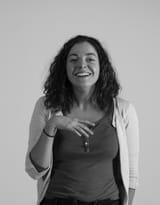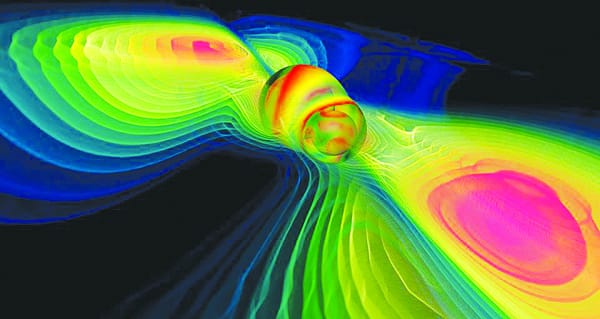Science, what’s good?
Our weekly column on the goings-on in the science world

Speeding up Evolution
Humans are once again appointed felon in the Ecological community. Zoologists Rudman and Schluter documented reverse speciation in the British Columbia Lakes, particularly Enos Lake on Vancouver Island. Introduction of Crayfish species was found to cause the extinction of two native threespine stickleback fish only three years after Crayfish introduction. A new hybrid species now monopolises this ecosystem. The ecological roles of the previous native species have been lost. Ecological linkage has caused a resulting dominos effect between species, systems and scales. Changes in these aquatic ecosystems have transgressed to the surrounding terrestrial landscape.
Engel et al. 2016 @ Current Biology
Vaginal seeding
Babies born by caesarean section are being wiped with their mother’s vaginal fluid in attempts to boost their gut bacteria microbiome, and reduce risks of allergies and future obesity. The logic behind the practice is fairly simple, caesarean born babies are not exposed to the birth canal, so it is a means of manually transferring the microbiome to the baby in an attempt to remove any future health risks associated with caesarean births.
However, there is a lack of evidence for the effectiveness of the practice. It may even introduce the baby to the risks associated with harmful bacteria such as the group B Streptococcus, causing fatal infections in the newborns. Such risks would have otherwise been dodged. With little evidence in favour of the effectiveness of the practice, is it worth the exposure to these risks?
Cunning et al. 2016 @ British Medical Journal
Auctioning with a gender gap
Controversy over pay cheques for men and women is not a novel concept. However, a recent study found that even on Ebay, the transgression exsists. Men and women were tasked to sell the same items on the auctioning website, and the results indicated the men earned more; specifically, women earned 79 cents on the dollar. An explanation proposed is that this gender pay gap is due to the way products are described by men and women on the site. Men tend to use more flattering terms than women. However, even when sentiment was controlled for, the gender gap was still apparant.
More interestingly, this gender gap was larger for new items than used items, with a 19% compared to 3% pay gap respectively. One possible explanation for this is that people subconsciously trust the judgement of women to describe good quality over men.
Lukianova-Hieb et al. 2016 @ Nature Nanotechnology
Do you like me?
According to scientists, looking at someone for no less than a few milliseconds is enough for you to decide how they fit on your ‘likeable’ scale. D Schiller and his team at the University of Basel in Switzerland performed an Implicit Association Test on football fans. Participants’ responses to concepts such as ‘love’ and ‘death’ as well as subject response to the names of players on their own versus the opposing team were tested. Electrical neuroimaging helped to investigate the individual level processing steps during subconscious social assessments. The potential of modern electrical neuroimaging is demonstrated by the study. Investigations are currently being undertaken to see how these results can be used to facilitate diagnosis and therapy of mental diseases involving social deficits.
Kang et al. 2016 @ Nature Biotechnology
Sustainable fuel revolution
A team of chemists and engineers at the University of Texas have found a simple and inexpensive means of directly converting carbon dioxide and water into liquid hydrocarbon fuels; a revolution in terms of sustainable fuel technology. Oxygen by-product is reverted back into the system along with its positive environmental impact.
The reaction involves concentrating light, heat and high pressures driving a one-step conversion of carbon dioxide and water producing the hydrocarbon fuels which are currently used in cars today. This gives the technology an important advantage over battery and gaseous-hydrogen powered vehicle technologies, providing a sustainable alternative fuel which requires little modification to the fuel distribution system. Hopefully the process can be implemented for everyday use in transport.
Kuhlwilm et al. 2016 @ Nature









